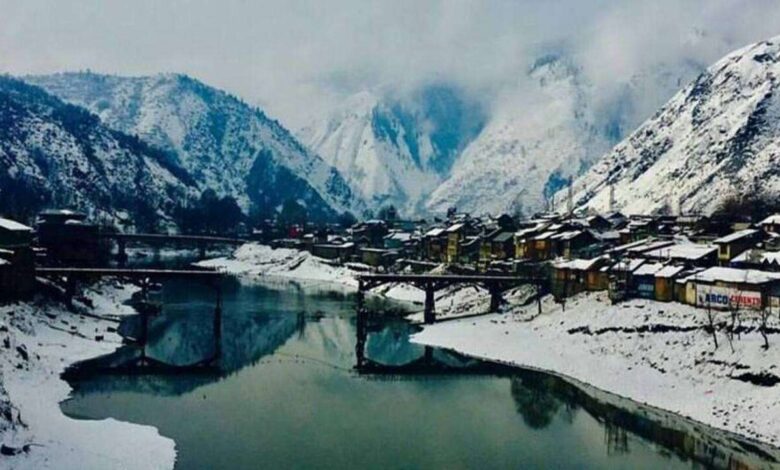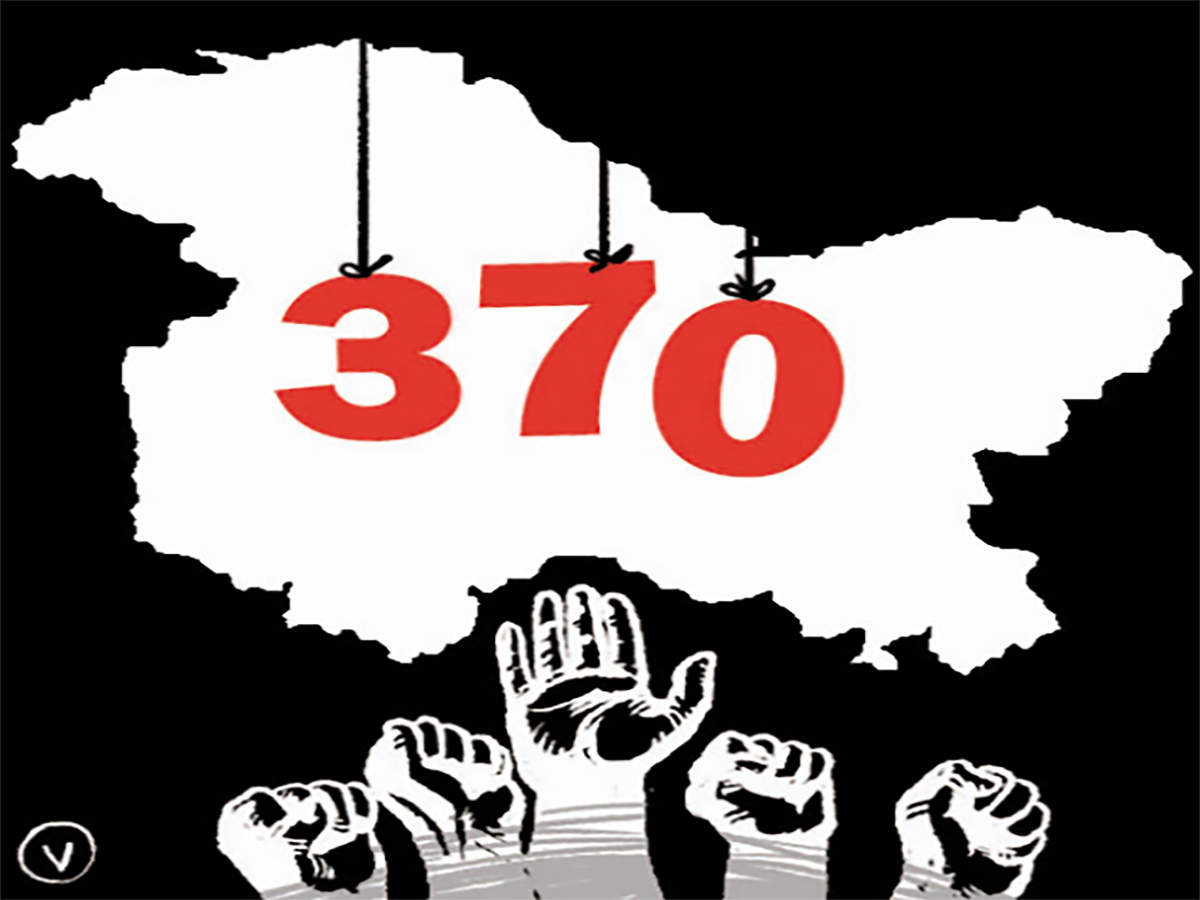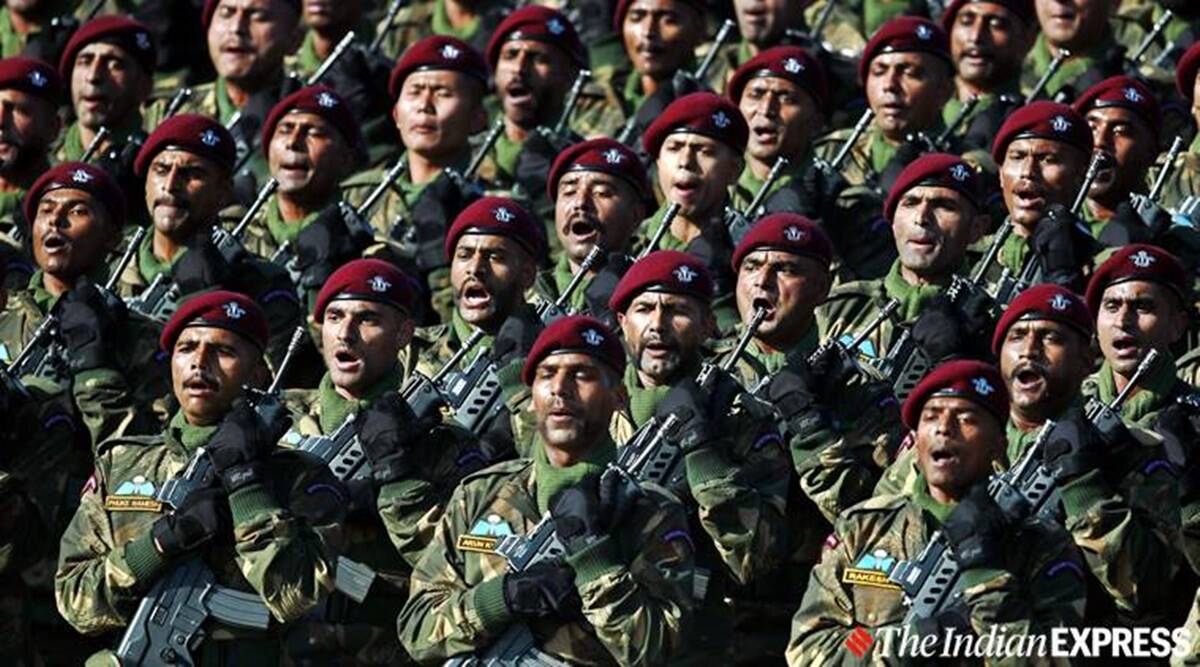India’s Atrocities in the Himalayas: Kashmir Under Attack

India and the Himalayas
Since the split of India in 1947, a culturally diverse has been the focus of India & Pakistan. Despite complete sovereignty over the whole territory, Kashmir is divided into sections that are controlled by India and Pakistan, respectively.
Kashmir, an ethnically diverse Himalayan area, has been a source of conflict between India and Pakistan since 1947. India removed Kashmir’s unique status and autonomy in 2019 by revoking Article 370. Additionally, it strengthened in the area, which raised serious concerns.

Owing to a separatist insurgency challenges have been under Indian control for the past 30 years. Although the tense relationship between India and Kashmir isn’t a new problem, tensions increased after India repealed Article 370 in 2019, stripping the area of its unique status and some of the autonomy that had been granted to it.
Article 370 gave Kashmir the right to a constitution and the authority to decide who gets to own property and live there permanently. As a consequence, Indians from other regions of the nation were unable to buy land and relocate to Kashmir. The removal of Kashmir’s special status means that to follow the Indian Constitution going forward.
the prospect of national turmoil The government raised the number of soldiers in the area after making the decision and has since kept a sizable army force in Kashmir. But does Kashmir’s heavy military presence serve to preserve stability, or does it show that the government is abusing its citizens’ rights obedience?
Restricted freedoms in India
In addition to sending troops into the streets when India revoked Kashmir’s special status in 2019, it also imposed media restrictions and a communication blackout that didn’t end until 2021. These actions were a grave infringement of people’s right to free expression since it took them in advance of the upheaval in Kashmir instead of in response to it. Even though internet access has finally been restored, people’s basic freedoms are still being restricted.
“We are not permitted to demonstrate in public. Zahid, a protester from a recent demonstration, informed me that this particular location is the only place where protests may take place. This specific protest was in opposition to the authorities plan to eliminate the merit list, which would have put an end to the hiring process.

Demonstrations are often tiny, the military would use force to do this to some extent. Additionally, this is due to their ability to alter the repressive status quo after years of seeing their voices silenced.
When there is unwarranted violence, the security services restricts freedom. “I was assaulted recently when I questioned why they had halted the traffic and wouldn’t let us through. Two days previously, many drivers were assaulted in another incident. No actions have been done, according to Srinagar-based physician Viraj.
The roots of conflict in India (Kashmir)
The contemporary Jammu and Kashmir state is a historical accident, like many other political entities. The rebellious Sikhs founded their short-lived kingdom in the latter years of the Mughal Empire. They took over Jammu first, and then they moved on to Kashmir. The Dogra general of both the Sikhs, Zorawar Singh Kahluria, launched daring expeditions to capture Shia Baltistan and Buddhist Ladakh beginning in 1834. When Kahluria attempted to capture western Tibet in 1841, he was wounded by a lance, but the Dogras already ruled a large portion of what is today shared by India, Pakistan, and China.

The Sikh Empire collapsed in the 1840s. Gulab Singh’s Dogras grasped the opportunity. Dogra evolved into one of the 584 royal kingdoms of British India in 1846 when the Sikhs and British began to accept its sovereignty. Singh and his descendants served the British while ruling a country with a majority of Muslims. The very last Dogra ruler, Hari Singh, was overweight, expensive, and useless. In 1921, a Parisian prostitute blackmailed this erstwhile page boy of Lord Curzon for huge value of £300,000, which equals to $16 million today. Such vice did not endear Singh with his subjects.
While the majority of royal families moved to newly formed Pakistan or India, Hari Singh had imagined. He aspired to rule Switzerland in the Himalayas. Pakistan sent Pashtun tribesmen to seize control of Muslim-majority Kashmir because it regarded its nation-building effort. On October 26, 1947, the Dogra monarch quickly signed his Instrument of Accession, and Indian forces soon arrived in Srinagar. On January 1, 1948, Jawaharlal Nehru, it’s first prime minister, brought the situation to the UN as its forces were driving back Pashtun tribesmen.
According to the resolution, the number of soldiers in Kashmir should have decreased over time. The explanation is straightforward: Pakistan and India don’t trust one another. In addition, the Kashmir Valley plays a crucial role in each of their efforts to create their nations. Kashmir, which has a Muslim majority, must be part of Pakistan’s territory. Kashmir’s inclusion in India’s multicultural country is that country is home to a wide variety of people who are all a part of a beautiful mosaic. Kashmir affects both countries’ identities.
Militarized Kashmir (India)
India-administered Kashmir is most militarised regions on earth. The sidewalks of Srinagar, Kashmir’s summer capital, checked by tens of troops, and checkpoints are visible at every turn.
This is the harsh reality of living in a war zone. Kashmir, seen as a tourist destination by those from outside the area, but locals experience extreme pressure,” Viraj added. Regular can be impacted by simply viewing guns. Viraj said, “When you pressure individuals into submission, rebellions are going to happen.”
Still, India has instilled a feeling of alertness in people’s minds by making sure they are aware that they are continuously being observed by a military that is capable of employing disproportionate force. Revolts occur far less frequently these days, and large-scale strikes including stone pelting are a memory of the past.

What cannot be ignored, though, is the reality that regional security has improved in some real ways as a result of a strong military presence. The Minister for Home Affairs, Amit Shah, stated that there were 229 terrorist attacks in 2021 as opposed to 417 in 2018. Additionally, several Kashmiris report feeling safer due to the heightened army presence.
Kamal, a resident of Kashmir, stated that “the presence of Indian soldiers inhabitants of Kashmir, particularly those who aren’t radicalized and don’t support the rebellion against the government.”
The paradox of Kashmir (India)
Although there stability and tranquility in Kashmir, there are still security concerns, thus it lasts a long.
Since 1990, Kashmir has faced threats as stated by Kamal. “Since then, the working has changed, but the army’s presence has remained the same.”
Herein is of the Kashmiri predicament. Turn against the Indian government & join militant organizations the longer military rule is in place in India. The Indian government is forced to retain its forces in maintaining control of the situation as a result of the simultaneous rise in security threats.
And taking the army out of image and do be what many Kashmiris desire, may potentially lead to instability and unrest. “There would undoubtedly be greater turmoil if the military escaped in managing the region. Therefore, major changes to the way the problematic region is managed are required before the notion of one day removing Indian soldiers from Kashmiri can even be contemplated.
The war was declared to merge with the rest of the nation was declared to be complete whenever the Indian government reclaimed limited autonomy. Resolving the hostilities between both the Indian Kashmiri people, however, is still only a pipe dream.
What Lies Behind India’s Bold Bet on Kashmir?
On August 5, the international press reported that India had revoked Jammu and Kashmir’s special status. Only Kashmir was covered by the media inside the Muslim world, such as Newsweek and Al Jazeera. The New York Daily News and the BBC both concurred. This is comprehensible. Given that both Pakistan and India are nuclear-armed states, Deutsche Welle is correct to describe the most perilous in the world.
To create a sense of the situation, it’s logical to take a moment to relax details. In many media, Kashmir is not a state in India. Ladakh, Jammu, and Kashmir, a Muslim province, make up the Jammu and Kashmir state of India. These make up 62.3%, 22.7%, and 15% of the state’s total area, respectively. This indicates that Kashmir only makes up 15% of the state’s overall area. When it came to demography, the roles are reversed. Jammu makes up 43.7% of the state’s population, while Ladakh only makes up 2.3%, making Kashmir the most populated region with 53.9% of the total.
The aforementioned figures highlight a crucial fact that the Indian, Pakistani, and foreign media nearly always fail to mention. One of three regions, Kashmir is incredibly diversified. It is careless, inaccurate, and deceptive to lump Kashmir, Jammu, and Ladakh together. And why do journalists do it? It’s ignorance than malice was at play.
Ladakh, Jammu, Kashmir, and India: It’s Complicated
Indian, Pakistani, and international media greatly exaggerate the complexity of India’s stance toward the Jammu and Kashmir state. Nehru and Sheikh Abdullah, a Kashmiri politician fighting against Dogra’s dictatorial authority, had strong ties in the beginning. Abdullah was replaced after the latter joined India. His friendship with Nehru quickly deteriorated.
Adlai Stevenson’s visit—he had just lost the election to Dwight Eisenhower—was one of the factors. The Indians believed that this Democrat had met Abdullah repeatedly and had encouraged Kashmiri’s independence. According to a publication, the US would finance Kashmir with $15 million, at least 5,000 American families will stay in hotels or homestays, Americans will buy Kashmiri crafts, and all villages would be years with their assistance.
Abdullah is said to have been influenced by dreams of becoming the ruler of the Swiss of the Himalayas, just as Hari Singh before him. Rumor had it that he intended to proclaim his country’s autonomy on August 21, 1953, an auspicious Eid day. Instead, Bakshi Mohammad Mohammed took over when Abdullah was detained on August 8.
When the Indian Constitution was being written in 1949, Nehru gave the province of Jammu & Kashmir significant autonomy. To set the rules for India’s interactions with the state, they created Article 370. Many claims that this clause is entry point into India. In actuality, this section was called “Temporary, Transitional and Special Provisions” in Part XXI. “Article 370 was indeed a temporary necessity meant to manage the state’s ties with India first before armed confrontation over its legitimacy could be settled,” claims Louise Tillin.
edited and proofread by nikita sharma




